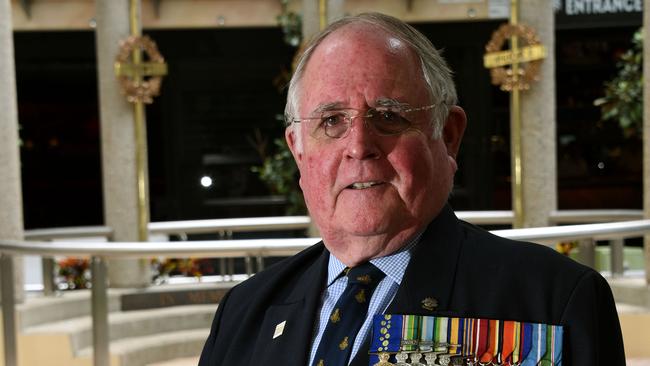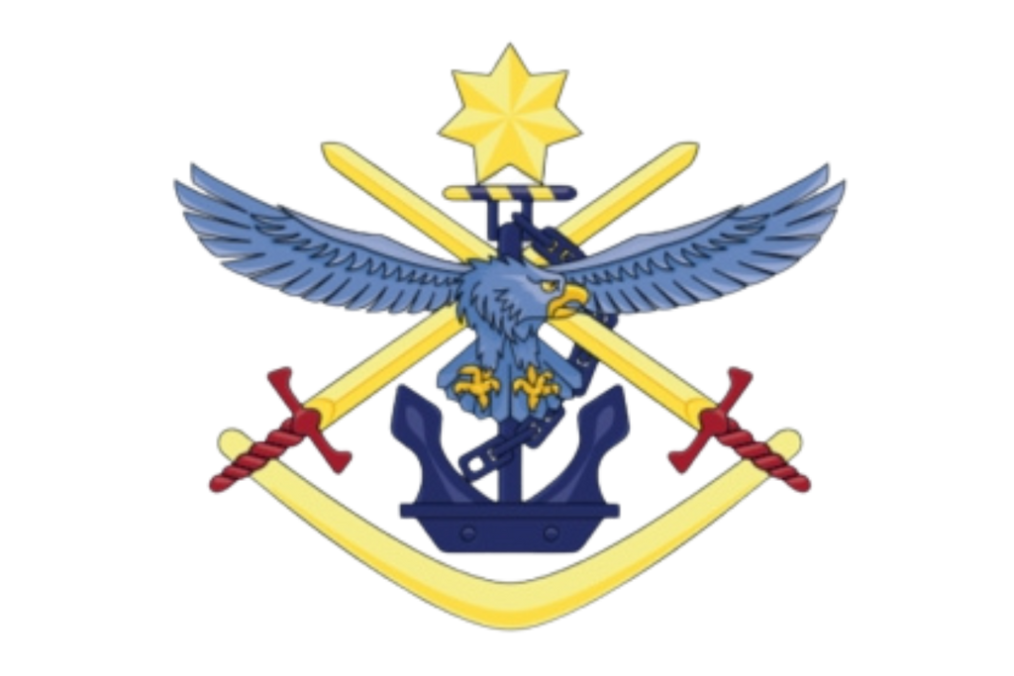 AUSTRALIA’S 28th Governor General, Ms Sam Mostyn AC is now ADF Commander-in-Chief, an interesting transition from her childhood.
AUSTRALIA’S 28th Governor General, Ms Sam Mostyn AC is now ADF Commander-in-Chief, an interesting transition from her childhood.
Moyston was born an “army brat”, daughter of 1954 Duntroon graduate, signals officer Bill Mostyn MBE.
Three other Duntroon graduates have been GG in recent years, Michael Jeffrey, Peter Cosgrove and Mostyn’s predecessor David Hurley.
Of those three, only Cosgrove was an “army brat”, his father John, with whom he enjoyed a close and loving relationship, a pre-WWII soldier who served a long, distinguished career in the armoured corps.
CLICK LINK to continue reading











